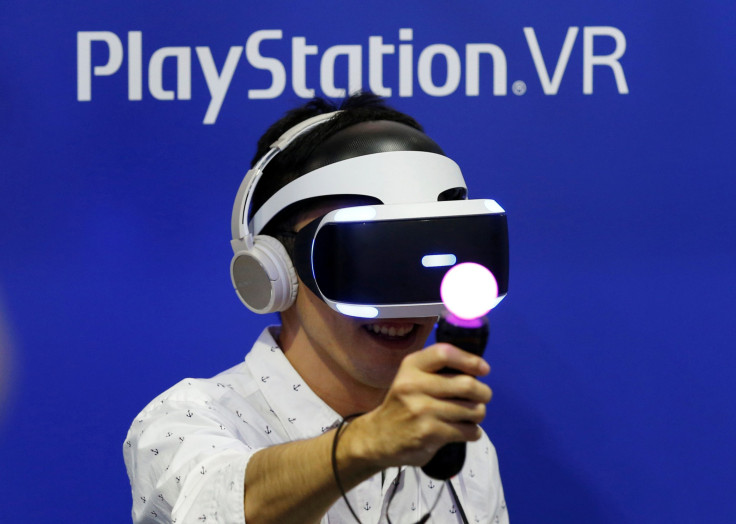Space Exploration To Get A Boost With VR As Scientists Test Virtual Cockpits

Virtual reality and robotics can propel space exploration further.
In a paper titled “Baxter’s Homunculus: Virtual Reality Spaces for Teleoperation in manufacturing,” Cornell University scientists Jeffrey I Lipton, Aidan J Fay, Daniela Rus have explored myriad aspects of telerobotics, which essentially refers to the technology for remotely controlling robots for space exploration.
Basically, according to these researchers — when exploring foreign terrains — scientists would be able to see and control the robot’s movements from a virtual cockpit using gaming and VR technology. They can control the robot’s arms using knobs and watch its progress in space on VR screens that would take feedback from the cameras mounted on the robot.
“The system is based on the homunculus model of mind wherein we embed the user in a virtual reality control room. The control room allows for multiple sensor display, the dynamic mapping between the user and robot, does not require the production of duals for the robot, or its environment The control room is mapped to a space inside the robot to provide a sense of co-location within the robot," according to the Cornell University website.
The team has designed a two-armed robot that can accomplish simple tasks, but it can be modified for better data collection and exploration by adding more sensors and functionality. They haven’t tested the robot in space but have tested it by controlling from adjacent and comparing the movement of the knobs in one room to the movement of the robot in another.
"We compared our system with state of the art automation algorithms for assembly tasks, showing a 100% success rate for our system compared with a 66 percent success rate for automated systems. We demonstrate that our system can be used for pick and place, assembly, and manufacturing tasks," the scientists have written in the description of the paper published on the website.
The proposed mechanism could remove hindrances in space exploration and let researchers freely explore terrains such as Mars and determine whether it would be able to sustain human life. Such robots can also be used for data gathering.
Similar endeavors by private companies are also in the fray. SpaceVR has been working on the idea of using VR to explore space for some time, but currently, the technology the company is using only shows videos captured from space in VR.
“We are automating all human tasks. Taking a different approach than all major companies. Our general purpose avatar, the Human, was just demoed last week doing tasks in SF, controlled by me from Mexico City,” SpaceVR Founder and Chief Executive Ryan Holmes told TechCrunch last month.
This kind of space exploration may not take off immediately, but chances are that with countries such as India setting precedent by working on cost-effective space probes such as the Mangalyaan, scientists may be able to overcome the cost barriers in sending these robots to space.
© Copyright IBTimes 2024. All rights reserved.





















